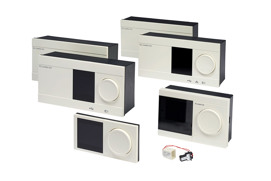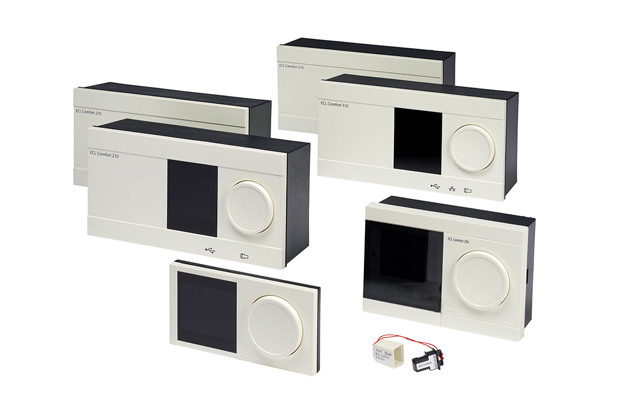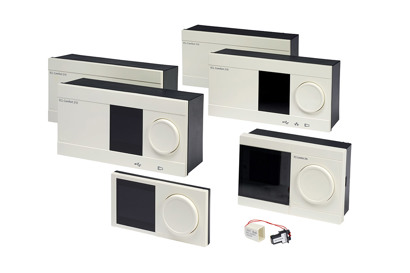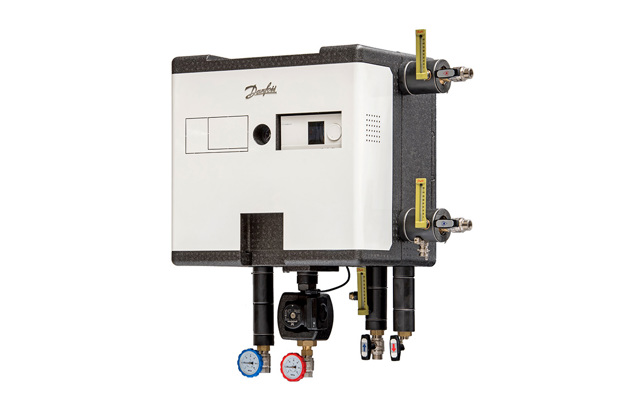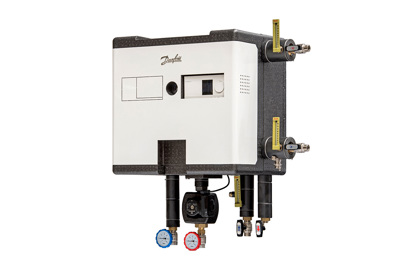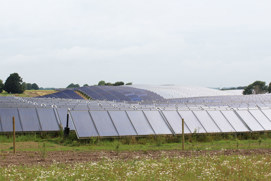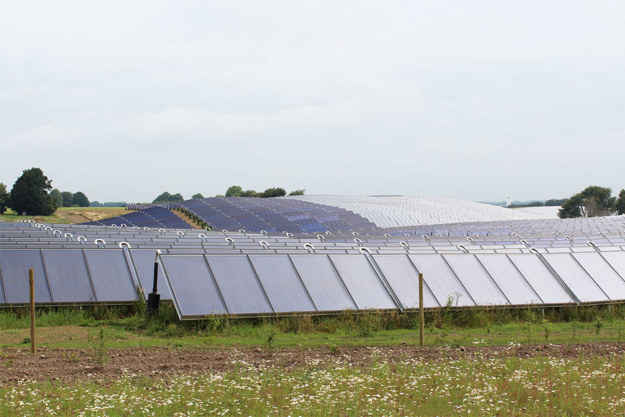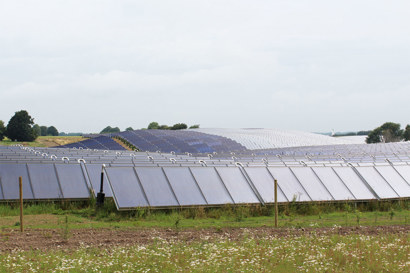Distribution network: Safe, sustainable and scalable
A district energy network is extremely flexible and can be used to connect as few as 30-40 houses. This allows cities to grow an existing network as funding, planning and other opportunities become available.
Efficient operation of the district heating network requires that the entire value chain from generation, distribution and usage is designed and maintained to be optimum balance.
Danfoss’ many years of experience can help you with designing the optimal district heating network, whether you are starting from scratch or renovating an existing district energy network.
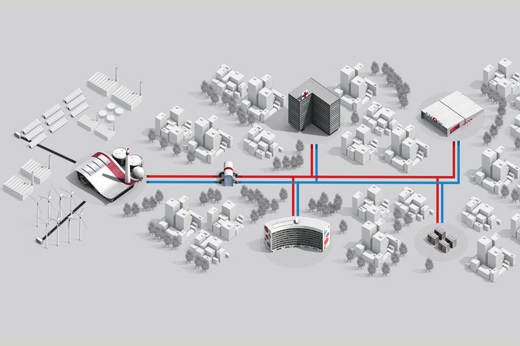
Network design
Optimal network design is key to an economically fit district energy network. Therefore we utilize the network thermo-hydraulic model to avoid over-designing and to verify capacity and impact on the whole network. This means that by installing proper control equipment you can benefit from network balancing and therefore lowering your initial investments. The control components and hydraulic model will also enable ∆T optimization which will ensure system efficiency and reduction of primary energy generation cost, as supply temperature will be optimized, and temperature and flow can be balanced in real time.
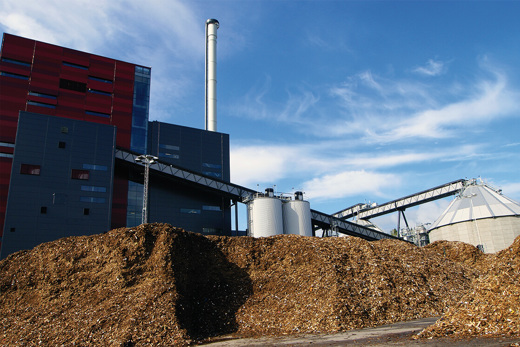
Planning the optimal fuel-mix
In heat production the utilization of various heat sources can be optimized by planning the optimal fuel-mix. District heating technology makes use of a wide variety of energy resources:
- Boilers using conventional or renewable fuels such as biomass;
- Heat from power generation such as a Combined Heat and Power plant;
- Waste heat from industrial processes;
- Energy generated from municipal waste incineration;
- Natural heat sources such as solar, geothermal or wind.

Responding to peak energy demand
Also when it comes to peak energy demand Danfoss can support you with expertise and production simulation to enable smart district energy production and distribution planning. This will secure maximum utilization of heat accumulation in buildings and networks.
How we can help you
Years of experience in building and maintaining district energy networks
Innovative technical solutions, optimization and performance
Product portfolio for district heating and cooling applications in networks and buildings
Consultancy and customer dedication
Experience with all types of initial energy sources
Global reach with strong local representation and know-how
Safety and reliability in cooperation

Distribution network: what are the benefits?
Related products
-
if (isSmallPicture) {


 ECL controllers
ECL controllersElectronic controllers are intelligent temperature regulators. They can be adapted to a variety of district heating systems, ensuring high comfort level and optimum energy utilization.
-
if (isSmallPicture) {


 Weather compensation
Weather compensationIntelligent weather compensation performed by a correctly commissioned electronic heating controller optimizies the energy efficiency of a district heating system by reducing the return temperature. This creates energy savings of around 10-15 % and longer system life.
-
if (isSmallPicture) {


 Substations
SubstationsSubstations are house heating systems or units in apartments that handle heat transfer from district heating pipes into your home to get hot water and heat on demand.
-
if (isSmallPicture) {


 Monitoring solutions
Monitoring solutionsMonitoring solution Danfoss Enspire enables remote monitoring, control and optimization of your district heating system in a reliable and stable way.
-
if (isSmallPicture) {


 Differential pressure controllers & flow controllers / limiters
Differential pressure controllers & flow controllers / limitersWith Differential Pressure Controllers & Flow Controllers / Limiters you can control the flow available for each consumer as well as the differential pressure control at the substation. This allows efficient network balancing.
Tools and apps
Case studies
-
if (isSmallPicture) {


 Solar heating plant reduces CO2 emissions by 15,700 tonnes annually
Solar heating plant reduces CO2 emissions by 15,700 tonnes annuallyThe world’s largest solar heating plant in Silkeborg, Denmark harnesses energy to heat the homes and workplaces of 40,000 citizens. It supplies 18-20% of the annual heat consumption in the city of Silkeborg, Denmark, which has an ambitious target of CO2 neutrality in heat production by the year 2030.
-
if (isSmallPicture) {


 Heating facility reconstruction in Kopaonik mountain resort, Serbia
Heating facility reconstruction in Kopaonik mountain resort, SerbiaBuilding: Hotel
Application: Hydronic balance, control and monitoring of a heating system
Challenge: Improve the energy efficiency of old heating system
Solution: Danfoss installed motorized control valves, hydronic balancing valves and electronic controllers with monitoring software

